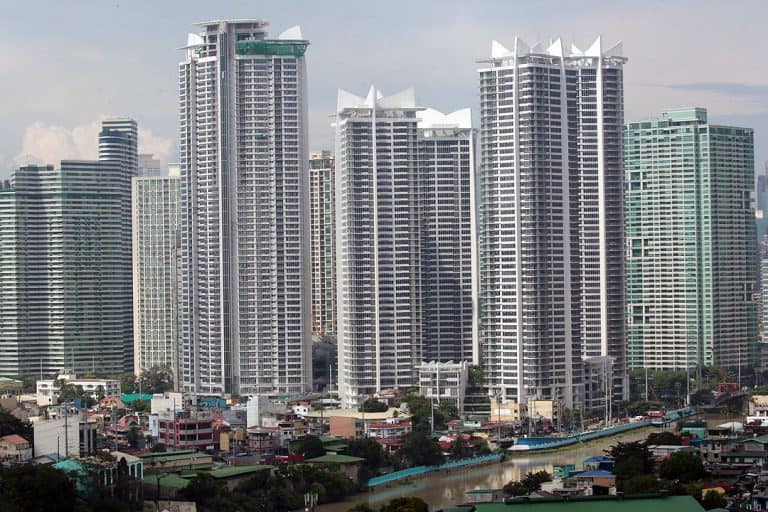
THE PHILIPPINE banking industry may face rising risks from its exposure to the property market as real estate prices decline amid a sluggish economic recovery, Fitch Ratings said.
“Philippine banks face higher impairment risk amid a correction in property prices and a much weaker economy,” Fitch Ratings said in a report on Wednesday.
The debt watcher noted the local banking industry’s commercial and residential property exposures are at about 15% and 8% of its loan portfolio as of end-2020. Meanwhile, its buffers — which considers macroprudential measures, household assets, capital generation capability and capital buffers — were moderate.
The Philippines is among emerging markets in Asia-Pacific that have fewer property-related regulations, higher risk appetites, or lower absorption buffers, Fitch said. However, it noted some markets are partially supported by prudential factors including higher system common equity Tier 1 ratios.
Fitch also said the Philippines, like China, Thailand, Malaysia, and India have fewer historical data points to monitor.
“[This] means the sufficiency of prudential buffers in place will not be fully tested until the market faces a significant downturn,” it added.
The debt watcher said looser underwriting standards in recent years may have contributed to impairment charges for emerging markets in the region last year. This is reflected by the rising loan-to-value ratios, or the proportion of a loan to the purchased asset’s value.
Home prices in the second quarter slid by 9.4% year on year, the steepest rate since 2016, based on data from the Bangko Sentral ng Pilipinas. The central bank is also working on releasing a separate commercial real estate property index within the year.
Prices of condominium units have been hurt during the pandemic as demand from workers of Philippine offshore gaming operators faded, ING Bank N.V. Manila Senior Economist Nicholas Antonio T. Mapa said.
“Going forward, we expect housing prices to rebound as the economy recovers although the bounce back may be uneven and less pronounced across types of housing,” Mr. Mapa said in an e-mail.
“Subdued real estate prices translate to a commensurate fall in rental prices, which may constrain cash flows of home owners who had hoped to offset loan payments with rental income,” he added.
Mr. Mapa is hopeful that improvement in the economy could mean better cash flows and income for borrowers. This could in turn lessen potential for wide-scale defaults on property loans, he said.
Meanwhile, Tamma Febrian, Associate Director, Banks – APAC, Fitch Ratings, noted real estate loan growth — both in the commercial and residential sector — has slowed by less than overall banking loans.
“This is in part due to an uneven economic recovery where some economic segments continue to have surplus liquidity and could take advantage of a low interest rate environment to enter the market. We expect the central bank’s accommodative monetary policy posture to continue to underpin demand for property loans in the immediate term,” Mr. Febrian said.
Fitch in October lowered its growth forecast for the Philippine economy this year to 4.4% from 5% previously, pricing in the impact of the Delta outbreak and the sluggish vaccine rollout.
The debt watcher in July downgraded its rating outlook for the Philippines to “negative” from “stable,” which means its investment grade “BBB” could possibly be downgraded in the next 12 to 18 months. Fitch also revised its outlook on its rated Philippine banks to “negative.”
If you like this article, share it to social media by clicking any of the icons below.
Or in case you haven’t subscribed yet to our newsletter, please click SUBSCRIBE so you won’t miss the daily real estate news updates delivered right to your Inbox.
Article was originally published in Business World and written by Luz Wendy T. Noble.







More Stories
Vista Land Celebrates 50 Years with Sandiwa: An Event Honoring Leadership, Legacy, and the Filipino Dream of Homeownership
Vista Land Celebrates Love Month in Ilocos Region
Vista Land Bridges Cebuano Heritage and Progress with Valencia by Vista Estates